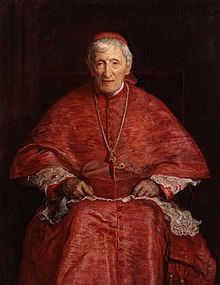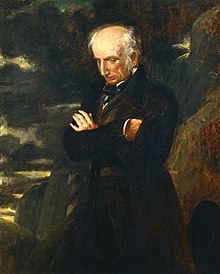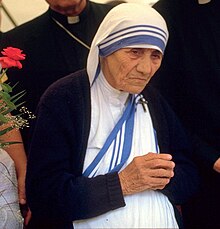1. Pronounced as Cash (like the money). Cache is a high-speed access area that can be either a reserved section of main memory or a storage device. The two main cache types are memory cache and disk cache. Memory cache is a portion on memory of high-speed static RAM (SRAM) and is effective because most programs access the same data or instructions over-and-over. By keeping as much of this information as possible in SRAM, the computer avoids accessing the slower DRAM. Most computers today come with L3 cache or L2 cache, while older computers included only L1 cache.
2. Like memory caching, disk caching is used to access commonly accessed data. However, instead of using high-speed SRAM, a disk cache uses conventional main memory. The most recently accessed data from a disk is stored in a memory buffer. When a program needs to access data from the disk, it first checks the disk cache to see if the data is there. Disk caching can dramatically improve the performance of applications because accessing a byte of data in RAM can be thousands of times faster than accessing a byte on a hard drive.
3. Another cache is known as "Internet browser cache" also known as "Temporary Internet Files" in Internet Explorer. Internet cache is used to help improve how fast data is opened while browsing the Internet. In most cases, each time a web page is opened, it is sent to your browser's temporary cache on your hard drive. If that page is accessed again and has not been modified, the browser will open the page from your cache instead of downloading the page again. This saves users a lot of time, especially if that the user is using a modem, and can also help save the web page owner on bandwidth.
4. A cache server is a computer or network device that has been setup to store web pages that have been accessed by users on a network. Any user trying to access a web page that has already been stored on the cache server will be sent the stored version instead of downloading the web page again. This helps reduce network and Internet traffic congestion as well as saves the company on bandwidth costs.







